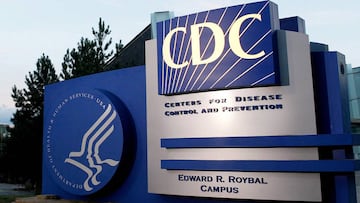CDC warns about cases of Parvovirus B19: what are the symptons and how is it spread?
Often referred to as Fifth disease, the common viral infection has recently garnered attention due to a warning from the CDC.


Parvovirus B19, is a common viral infection that primarily affects children but can also have significant implications for adults, particularly those with certain health conditions and pregnant women.
Symptoms of Parvovirus B19
In children, Parvovirus B19 typically begins with mild, flu-like symptoms such as fever, headache, and a runny nose. After these initial symptoms, a distinctive bright red rash often appears on the cheeks, giving it the nickname “slapped cheek” disease. This rash can spread to the body, forming a lacy pattern that may be itchy. These symptoms usually resolve on their own, but the rash can last for several weeks.
Adults infected with the virus may not develop the rash but often experience joint pain and swelling, particularly in the hands, wrists, knees, and ankles. This condition, known as polyarthropathy syndrome, is more common in women and can persist for weeks or even months.
How Parvovirus B19 spreads
The virus is highly contagious and spreads primarily through respiratory droplets, similar to the common cold. It can be transmitted through close personal contact, such as handshakes or sharing utensils, and through saliva. Notably, individuals are most contagious before the rash appears, making it challenging to prevent transmission. Once the rash is visible, the risk of spreading the virus decreases significantly.
Related stories
In addition to respiratory transmission, the virus can spread through blood transfusions and from a pregnant woman to her fetus. This vertical transmission can lead to severe complications, including fetal anemia and, in rare cases, miscarriage or stillbirth, especially if the infection occurs during the first half of pregnancy.
Please note that the information in this article, while based on authoritative sources, is created and published for informational purposes only. It is not intended to be a substitute for professional medical advice and should not be relied upon as personal advice. Always seek the guidance of your doctor or health care provider for any questions or concerns you have about your health or medical condition.
Complete your personal details to comment